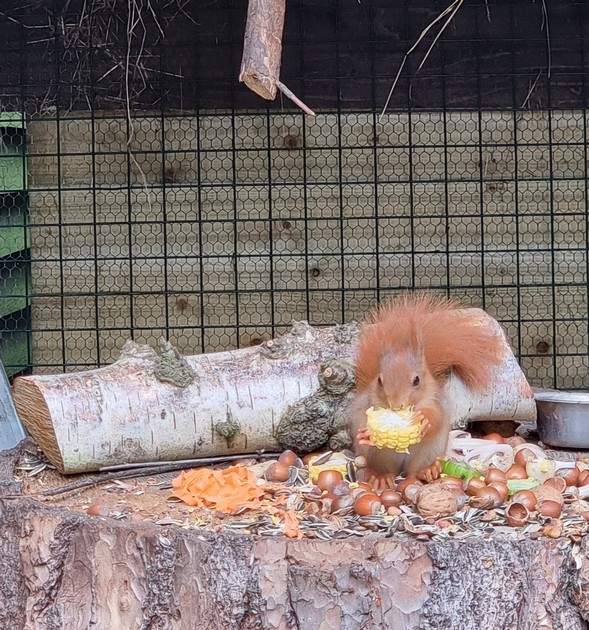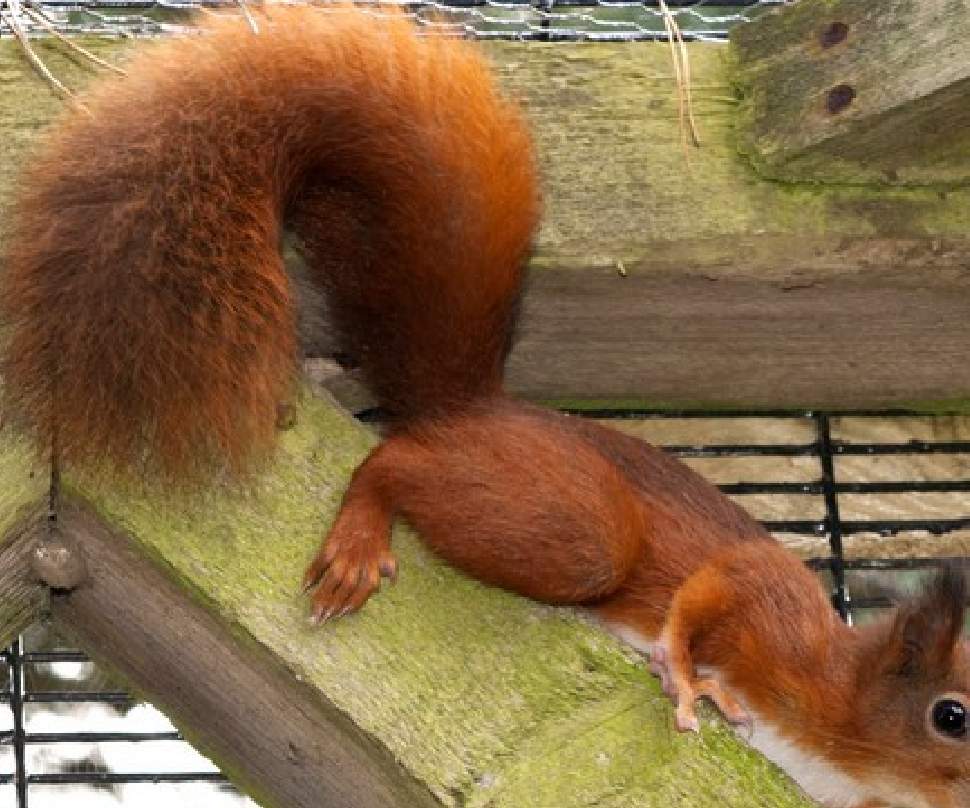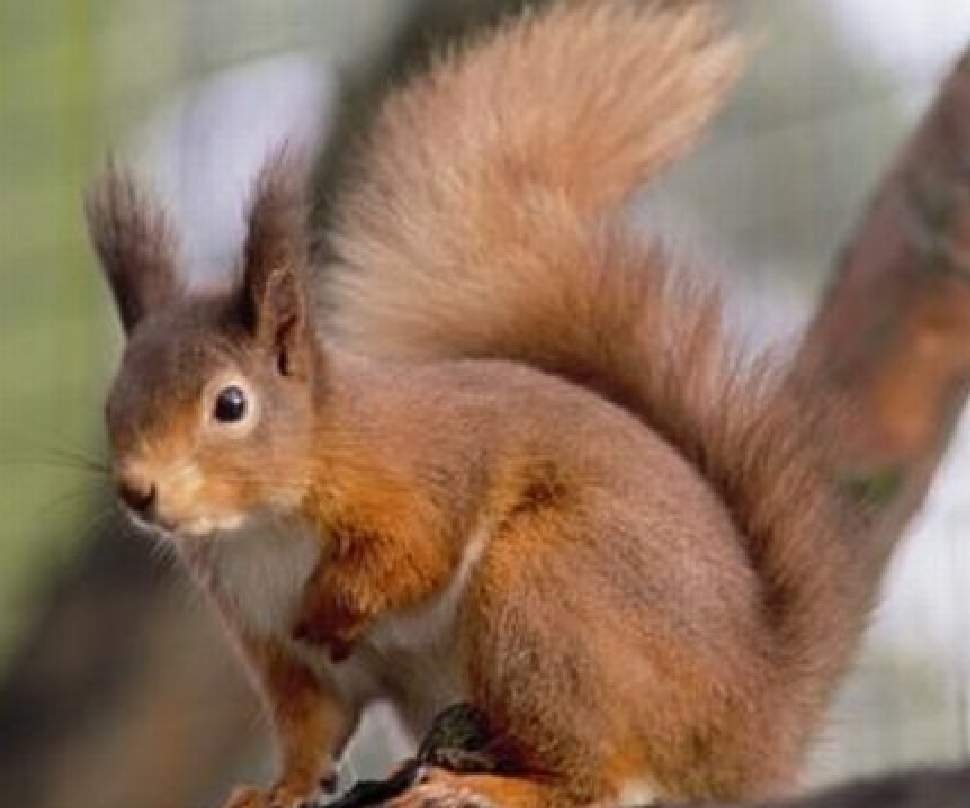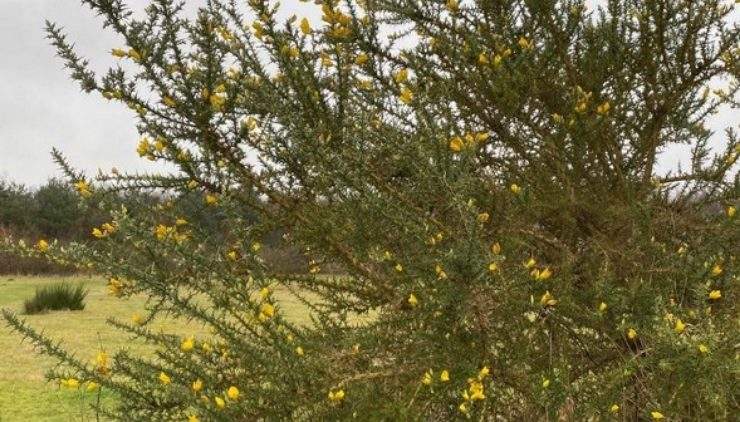A Q&A With… David Martin On Red Squirrel Conservation
- Categories:
- Wildlife
Kelling Heath’s Countryside Manager, David Martin, answers questions on the importance of Red Squirrel Conservation and what it means to the Park.

1. Can you tell me a bit of background about Kelling Heath’s involvement with Red Squirrels?
The Park is part of a national conservation programme set up to protect red squirrels. Conservation and supporting the biodiversity of the region remains a core element of our ethos at Kelling Heath. Since 1999, Kelling Heath has been involved in a conservation scheme to help boost the numbers of native red squirrels in the UK by keeping a captive breeding population whose monitored release through projects across the country supports established colonies of wild squirrels to thrive. Set amongst 300 acres of woodland and rare open heathland in an Area of Outstanding Natural Beauty not far from the North Norfolk coast, Kelling Heath offers not only a wonderful location for holidaymakers to immerse themselves in nature by staying in luxury woodland lodges or camping and motorhome pitches, but for wildlife to thrive.
2. When did your first red squirrels arrive at Kelling Heath?
Kelling Heath joined the national conservation programme in 1999 as part of a scheme for captive breeding set up to protect this endangered native species from a breeding enclosure Fakenham.
3. When were the first kittens born at Kelling and how did it feel to discover them?
We had a successful first year of joining the national conservation programme in 1999 and our first kittens were born that same year at Kelling Heath. In Kelling Heath’s time as part of this exciting conservation project, we have bed 34 kittens which have helped to combat the decline of our native red species thanks to the invasive grey squirrel, who they compete with for food and habitat.
4. What is involved in caring for the red squirrels?
The squirrels are cared for by our on-Park Countryside Team, a group of experts who uphold the ecology and biodiversity of the whole of the Kelling Heath Park. Each day we check and feed the squirrels and the team are always on hand to ensure the squirrels are happy and healthy – performing regular health checks and also carrying out essential cleaning and disinfecting of their enclosures to mitigate any risk of disease or illness. Our team also play an essential role in education our guests on red squirrels and their importance to biodiversity in Britain. Our on-Park countryside team is proud to be involved with supporting the legacy of an iconic British species like the red squirrel and we run a program of educational activities for guests to enjoy that span the breadth of flora and fauna found at Kelling Heath.


5. What does the squirrels’ day to day lives involve?
The squirrels are fed in the mornings by the Countryside Team but spend most of their time making nests and exploring their enclosure. The team provide the squirrels with a variety of nest making materials for enrichment and they enjoy carrying it from one site to another, making nests in the canopies of their enclosures.
6. What are your favourite parts of the role of looking after them?
It is so rewarding looking after the squirrels and knowing that our kittens are making a huge impact in reintroducing this endangered species to British forests. We are proud to have housed several successful breeding pairs over the years and participate in licensed release projects.
7. What are the plans for the future of the Red Squirrels and the Park programme?
Our priorities at Kelling Heath are to maintain our breeding pair and make sure that our kittens find good homes within other specilaist breeding programmes in the UK. For our recent litter of four new kittens, this will either be with other conservation partners or through licensed release projects in protected locations where red squirrels are thriving. By having the red squirrels on Park for guests to see up close, alongside interpretation boards, we hope to inspire and educate the public on this magnificent species and raise awareness of the plight that the species has faced.
8. Finally, what are the names of the new kittens?
We asked our social media followers to vote on choosen 4 names from a list the Park team had come up with… welcome to Rusty, Hazel, Ruby and Paprika!
Read more to find out more about Red Squirrels and keep updated with the latest news here…


